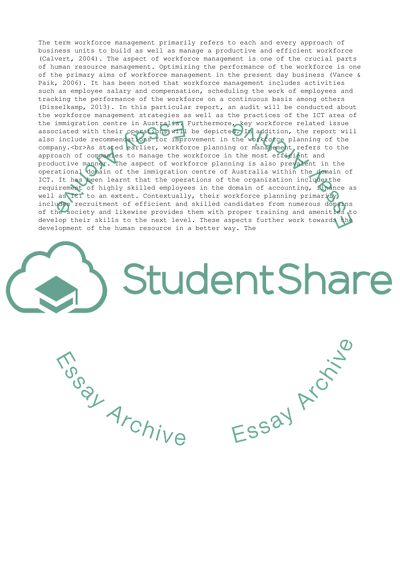Cite this document
(Workforce planning report Essay Example | Topics and Well Written Essays - 2000 words, n.d.)
Workforce planning report Essay Example | Topics and Well Written Essays - 2000 words. https://studentshare.org/human-resources/1843927-workforce-planning-report
Workforce planning report Essay Example | Topics and Well Written Essays - 2000 words. https://studentshare.org/human-resources/1843927-workforce-planning-report
(Workforce Planning Report Essay Example | Topics and Well Written Essays - 2000 Words)
Workforce Planning Report Essay Example | Topics and Well Written Essays - 2000 Words. https://studentshare.org/human-resources/1843927-workforce-planning-report.
Workforce Planning Report Essay Example | Topics and Well Written Essays - 2000 Words. https://studentshare.org/human-resources/1843927-workforce-planning-report.
“Workforce Planning Report Essay Example | Topics and Well Written Essays - 2000 Words”. https://studentshare.org/human-resources/1843927-workforce-planning-report.


